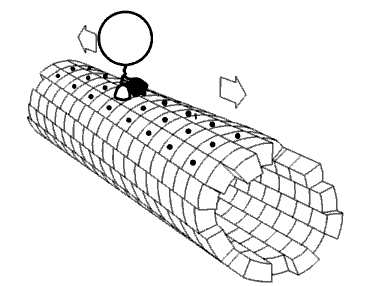
Photo from academic.microsoft.com
The simultaneous detection of multiple defects in concrete structures is a task of pivotal importance for non-destructive testing and evaluation. Diffuse waves experiencing multiple scattering inside media are demonstrated to… Click to show full abstract
The simultaneous detection of multiple defects in concrete structures is a task of pivotal importance for non-destructive testing and evaluation. Diffuse waves experiencing multiple scattering inside media are demonstrated to be sensitive to weak defects. Here, an analytic model is presented for diffuse wave decorrelation associated with sensitivity kernel that describes the time-of-flight distribution in strongly scattering environments. The model is then used for generating three-dimensional images that involve estimating perturbations at each localized position through an iterative, non-linear algorithm. With the consideration of loads and micro-cracks effects on diffuse waves, an application of the approach to a real-size concrete beam shows features that denote the positions and depths of multiple existing cracks. Extension of the approach to other strongly scattering media such as tissues and volcanos is straightforward. This study offers great potential for practical applications such as structural health monitoring, medical image generation, and seismic monitoring.
Journal Title: Structural Health Monitoring
Year Published: 2019
Link to full text (if available)
Share on Social Media: Sign Up to like & get
recommendations!